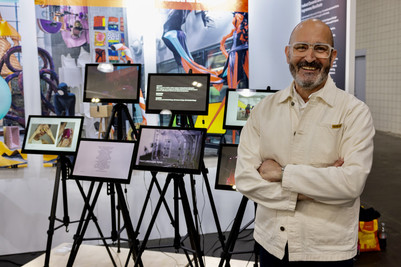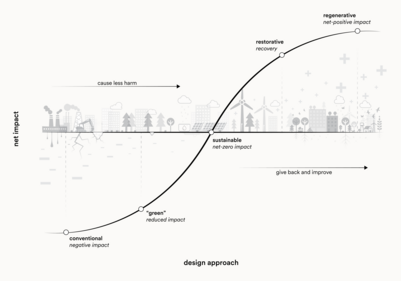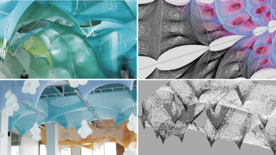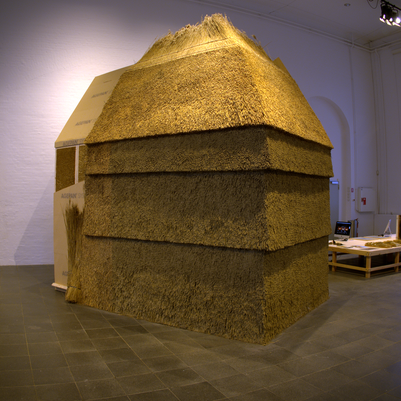

New book investigates biogenic construction
The book 'Biogenic Construction: materials architecture tectonics' by Center for Industrial Architecture (CINARK) delves into the potential of using biogenic materials in construction. The goal is to create a deeper understanding of how the choice of materials and construction methods can mitigate the negative impact of construction on the climate and the destruction of our natural foundation.
The construction sector is one of the biggest culprits when it comes to the emission of CO2: It is estimated that as many as 40 % of the total global CO2 emission comes from construction. At the same time, the construction sector is a major consumer of the planet's resources, so if the industry is to become greener, it requires, among other things, a critical look at the conventional materials used in construction.
The book 'Biogenic Construction: materials architecture tectonics' examines biogenic materials as a possible alternative. Biogenic materials are materials that nature itself has grown, and which have a positive effect on the building's climate and environmental footprint, as they do not harm nature and the environment and are almost CO2 neutral.
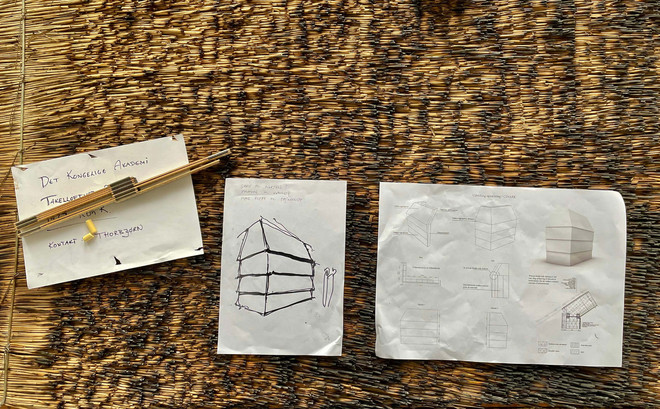
Green transition in construction
Based on various studies of the potentials of using covered, biogenic constructions in straw and wood, the book raises a fundamental discussion about how interdisciplinary knowledge that draws on known building traditions, forgotten historical knowledge, innovative building engineering studies and fire tests, as well as holistic architectural thinking and method, can contribute to a comprehensive green transformation of today's construction.
The desire is to create a deeper understanding of how the choice of materials and construction methods can mitigate the negative impact of construction on the climate and the destruction of our natural foundation.
The prior research work is based on a collaboration between Tækkemanden Horneby, Hemmed Tækkefirma and Egen Vinding og Datter, DBI - Danish Fire and Security Institute and Royal Danish Academy - CINARK.






